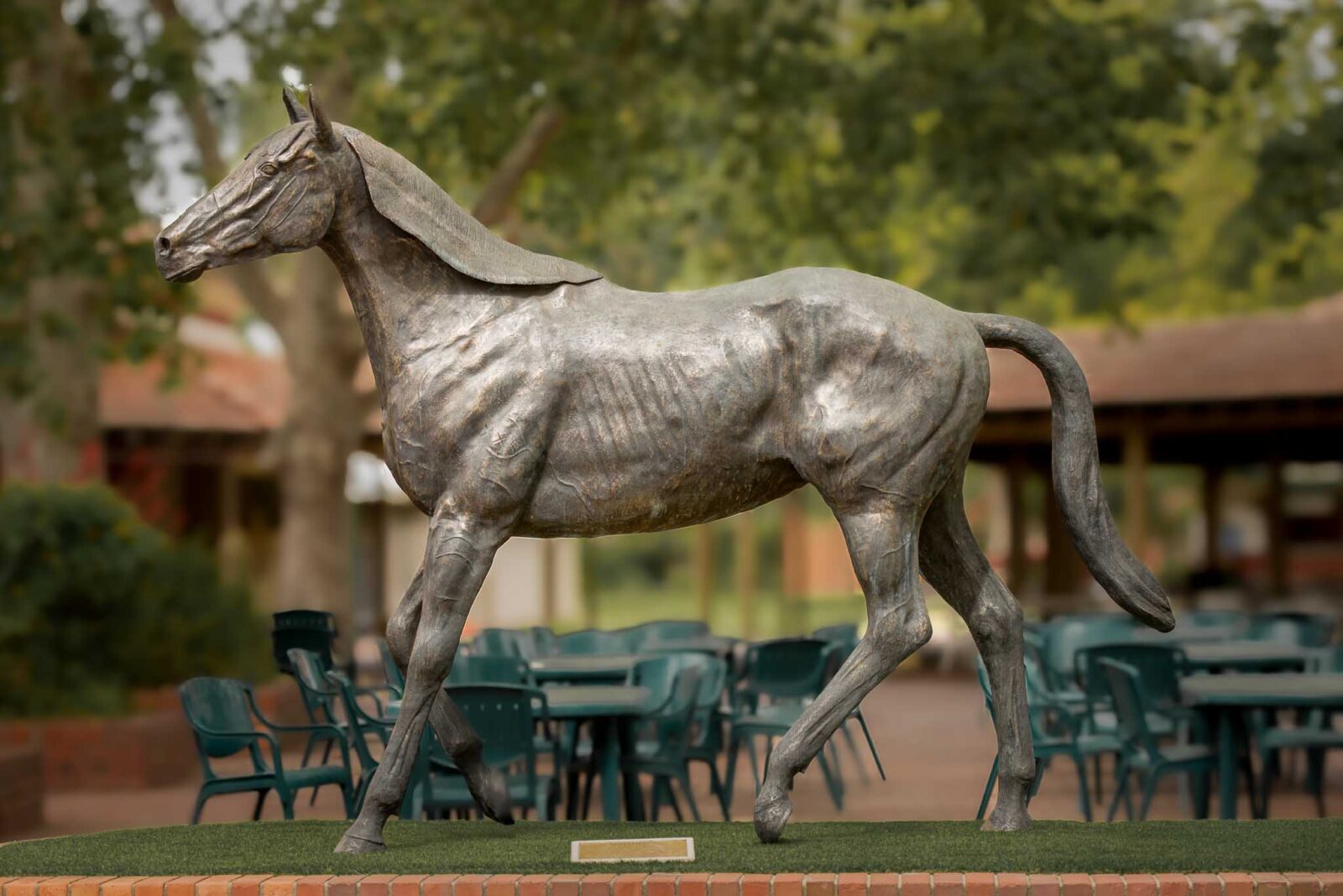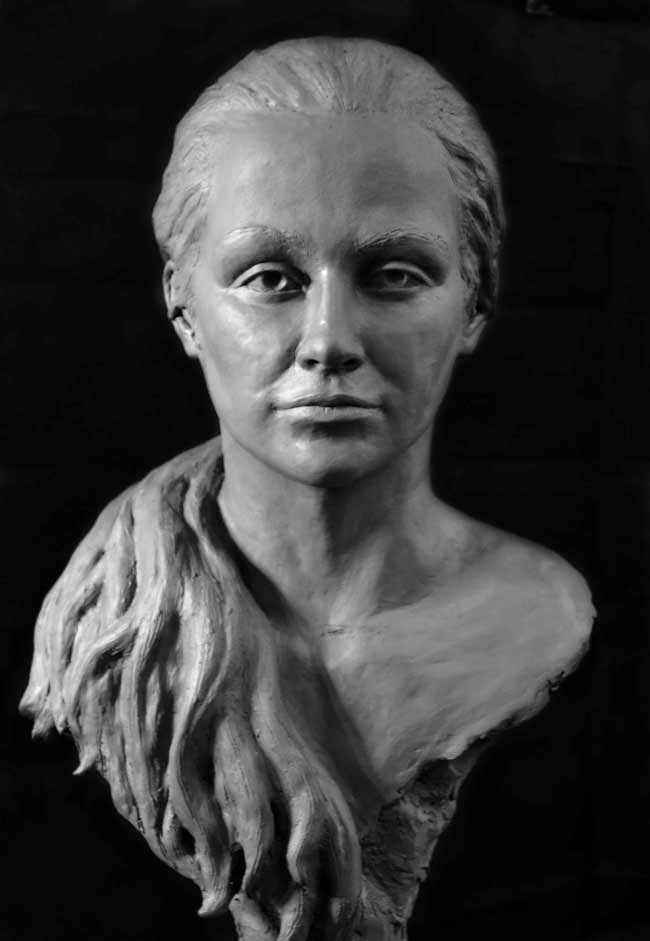The Development of Sculptures: From Old to Modern
The Development of Sculptures: From Old to Modern. Contemporary Sculptures.
Sculpture, one of the oldest types of art, has been an essential part of human people for millennia. From the old civilizations of Egypt and Greece to the contemporary period, sculptures have progressed, reflecting changes in imaginative techniques, materials, and social impacts. This journey via time traces the development of sculptures, checking out the changes stylishly, topic, and creative expression.
Starting with the old world, sculptures crafted from stone and later bronze captured the significance of divine beings, rulers, and daily life. The Renaissance period saw a revival of classic sculpting techniques, as artists sought to replicate the elegant kinds of old Greek and Roman sculptures (Robert C Hitchcock Sculptor). In the modern-day age, musicians challenged typical boundaries, accepting abstraction and experimentation with brand-new materials
This expedition will explore the varied evolution of sculptures, disclosing the rich tapestry of imaginative expression across various periods and societies.

Old Sculptures: From Stone to Bronze
Old sculptures transitioned from being carved out of stone to being cast in bronze. Rock sculptures, while remarkable in their own right, were limited by the nature of the product. Equine Sculptures.
The introduction of bronze as a tool for sculptures produced a revolution in artistic expression. Bronze provided carvers the chance to produce complex and natural forms that were not possible with stone. The process of casting bronze permitted for the creation of numerous copies of a sculpture, enabling broader circulation and preservation of these artistic masterpieces.
The change from rock to bronze additionally saw a change in the subject of sculptures. While rock sculptures mostly shown gods, sirens, and mythical figures, bronze sculptures began to reflect a broader variety of topics, consisting of daily people and animals. This expansion of subject matter showcased the flexibility and versatility of the bronze medium.
Renaissance Revival: Forming in the Timeless Design
The Renaissance resurgence of sculpture saw a revival in the classical design, structure upon the innovations made throughout the transition from rock to bronze in old sculptures. Throughout this period, artists looked for to recreate the classic aesthetic and suitables of beauty that prevailed in old Greek and Roman sculptures.
One of the essential qualities of the Renaissance resurgence was the emphasis on naturalism and the human form. Sculptors like Donatello and Michelangelo strove to record the physiological details and expressions of their topics with unmatched accuracy. They examined the human body and included their observations right into their sculptures, leading to practical and realistic representations.
An additional crucial aspect of the Renaissance rebirth was the exploration of perspective and depth. Musicians utilized techniques such as contrapposto, where the weight of the body is changed to one side, producing a feeling of motion and dynamism. They additionally experimented with various materials, including marble and bronze, to accomplish a degree of class and complexity in their sculptures.
Modernism and the Avant-Garde: Damaging Traditional Borders
Throughout the Modernism and Avant-Garde motions, sculptors pushed the borders of traditional creative conventions. This duration, which emerged in the late 19th and very early 20th centuries, saw a dramatic change in the way artists came close to sculpture. Denying the concept of art as plain imitation, modernist artists looked for to check out brand-new types, products, and concepts.
Among the essential qualities of modernist sculpture was the focus on abstraction. Artists moved far from realistic depictions and rather focused on catching the significance of the topic through streamlined types and geometric shapes. This separation from standard representation allowed artists to reveal their emotions and concepts in a more personal and subjective way.

Contemporary Sculptures: Checking Out New Products and Concepts
With a concentrate on exploring new materials and ideas, modern sculptures have actually transformed the area of art. Artists today are pressing the borders of standard sculpture by utilizing cutting-edge materials and trying out with abstract principles. These sculptures challenge traditional ideas of materiality, significance, and kind, inviting customers to engage in a brand-new and provocative imaginative experience.
Contemporary artists are welcoming a variety of materials, consisting of plastic, glass, metal, and also natural issue. They are not limited to the standard medium of stone or clay, enabling better civil liberty and trial and error. This shift towards unique products has opened brand-new possibilities for artists to develop sculptures that are dynamic, interactive, and visually striking.
Along with discovering new materials, modern sculptures also look into facility and abstract concepts. Artists are now exploring themes such as identity, social issues, and the environment, using sculpture as an effective medium for social discourse and self-questioning. These sculptures challenge visitors to think seriously and engage with art on a much deeper level, sparking discussions and prompting emotional feedbacks.
Worldwide Impacts: Sculptural Customs From Around the Globe
Sculptural customs from various regions of the globe have significantly formed the evolution of sculptures throughout background. The global impacts on sculpture have varied and have actually added to the splendor and range of artistic expressions. From the ancient civilizations of Egypt, Greece, and Rome to the complex carvings of Oriental societies, each region has actually developed its one-of-a-kind sculptural customs that have actually influenced musicians across time.
In ancient Egypt, sculptures were created primarily for spiritual and funerary objectives. The legendary sculptures of pharaohs and gods, such as the Great Sphinx and the breast of Queen Nefertiti, showcase the Egyptians' proficiency of rock carving and their belief in the immortality.

In ancient Rome, sculpture served both political and artistic purposes. Roman sculptures often illustrated emperors, generals, and mythical numbers, reflecting the power and magnificence of the realm. The marble statue of Augustus of Prima Porta and the significant Arc of Constantine are remarkable examples of Roman sculptural achievements.
Asian sculptural traditions, particularly in India, China, and Japan, have also had a profound impact on the advancement of sculptures. Japanese sculptures, affected by Buddhism, emphasize simplicity and harmony, seen in the serene sculptures of Buddha and the elegant art of bonsai.
The worldwide impacts on sculpture remain to evolve in the contemporary period. Musicians today draw inspiration from various sculptural customs, integrating new products, strategies, and ideas to produce ingenious and thought-provoking artworks. The fusion of different cultural impacts has actually triggered a varied and vibrant sculptural landscape, mirroring the interconnectedness of our global society. As we look to the future, it is particular that the worldwide influences on sculpture will certainly remain to form and redefine this old art type.
Verdict
In conclusion, the development of sculptures has actually seen a change from ancient rock and bronze functions to the classic revival throughout the Renaissance. Today, modern sculptures explore brand-new materials and concepts, while additionally drawing ideas from global sculptural practices.
From the old civilizations of Egypt and Greece to the contemporary era, sculptures have actually advanced, showing modifications Get More Info in imaginative techniques, products, and cultural impacts.Beginning with the ancient globe, sculptures crafted from rock and later bronze recorded the significance of deities, leaders, and everyday life.Ancient sculptures transitioned from being carved out of rock to being cast in bronze. While rock sculptures primarily portrayed gods, goddesses, and mythical numbers, bronze sculptures started to reflect a broader array of subjects, including everyday individuals and animals.In final thought, the advancement of sculptures has seen a shift from old stone and bronze works to the classical resurgence throughout the Renaissance.